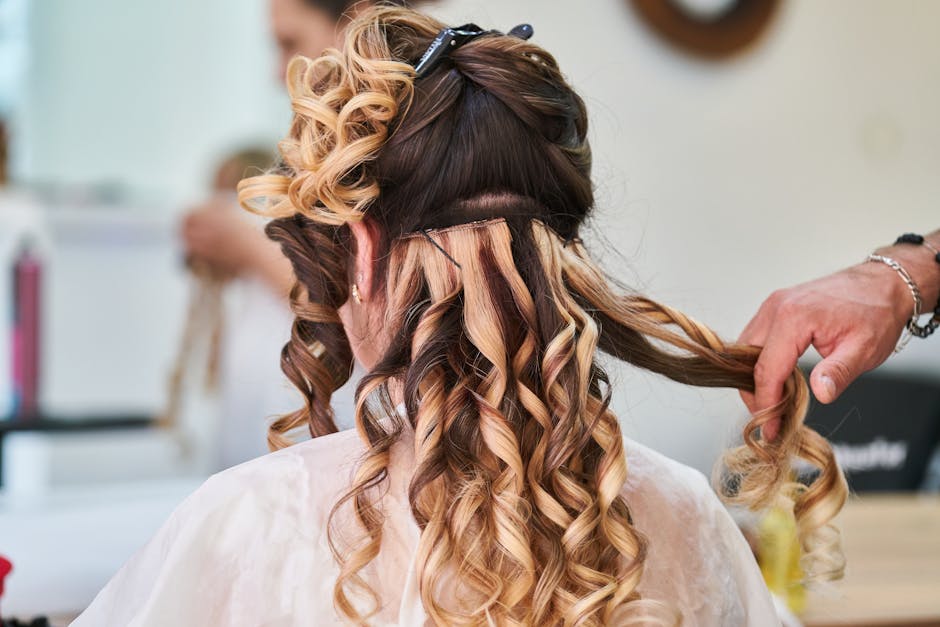The Science Behind Hair Coloring
The Science Behind Hair Coloring
Blog Article

When it comes to transforming your look, few things are as impactful as a fresh hair color. The right shade can enhance your features, reflect your personality, and give you a confidence boost like nothing else. However, achieving the perfect color involves more than just picking a hue from a swatch. It's a delicate art that requires skill, knowledge, and experience. This is where Expert hair coloring comes into play.
The Science Behind Hair Coloring
Hair coloring is not merely a cosmetic procedure; it's a complex process that can involve various chemical reactions. Understanding the science behind it can help you appreciate why it's essential to seek professional help.
Understanding Hair Structure
The hair shaft consists of three layers: the cuticle, cortex, and medulla. The cuticle is the outer layer that protects the inner layers. The cortex contains melanin, which gives hair its color. When hair is colored, pigments penetrate the cuticle and alter the cortex, changing the hair's natural color.
Types of Hair Color Products
There are several types of hair color products available in the market, each serving different purposes:
- Permanent Color: Offers long-lasting results by penetrating deep into the hair shaft.
- Semi-Permanent Color: Provides a temporary change that lasts for several weeks without the use of ammonia.
- Temporary Color: Ideal for short-term changes, washes out after a few shampoos.
- Highlights and Lowlights: Techniques used to add dimension to the hair by lightening or darkening certain strands.
The Process of Expert Hair Coloring
When you visit a salon for expert hair coloring, the process is tailored to your specific needs and preferences. Here's what you can generally expect:
Consultation
Every hair coloring journey begins with a consultation. A professional colorist will assess your hair type, skin tone, and personal style. They will help you choose a shade that complements your features while discussing any potential risks associated with the process.
Preparation
Once you have chosen the color, the stylist will prepare your hair. This may involve:
- Washing and conditioning to remove any product buildup.
- Protecting your skin and clothing with capes and barrier creams.
- Mixing the color according to the specific formula designed for your hair.
Application
The application technique can vary based on the desired outcome. Common methods include:
- All-over Color: The color is applied uniformly from roots to ends.
- Balayage: A freehand technique that creates a natural, sun-kissed look.
- Ombre: A gradient effect where the hair is darker at the roots and lighter at the tips.
Post-Application Care
Once the color is applied and processed, the stylist will rinse and condition your hair. They may also provide you with tips for maintaining your new color, which could include:
- Using sulfate-free shampoos.
- Regular conditioning treatments.
- Avoiding excessive heat styling.
Why Choose Professional Services?
While DIY hair coloring kits may seem convenient, there are several compelling reasons to opt for professional services:
- Expertise: Professional colorists have extensive training and experience, allowing them to achieve the best results.
- Customized Solutions: A professional can tailor the coloring process to fit your unique hair type and desired outcome.
- Safety: Using professional-grade products reduces the risk of damage and adverse reactions.
Ultimately, expert hair coloring is an investment in your appearance and self-esteem. With the right professional by your side, you can explore endless possibilities for your hair, turning heads and feeling fabulous.
Report this page